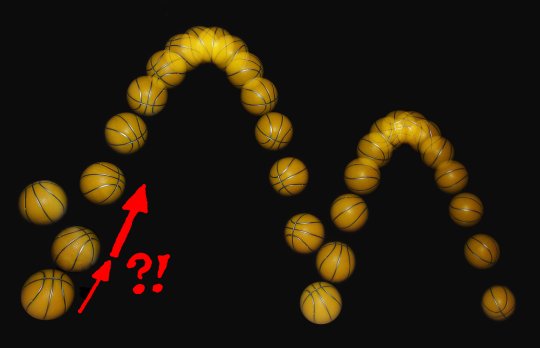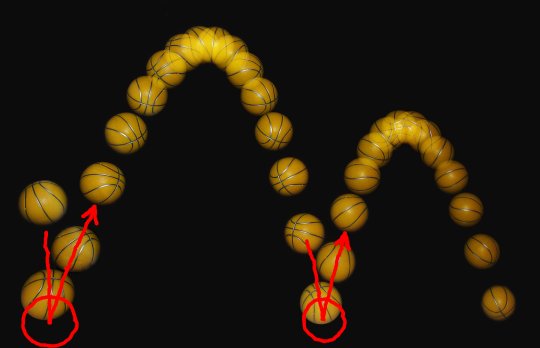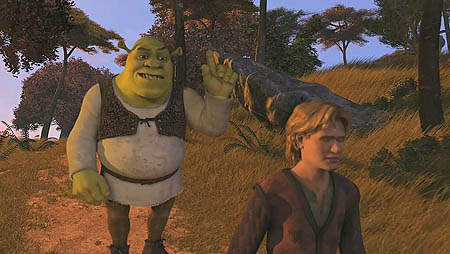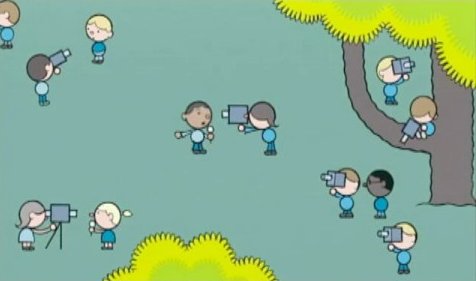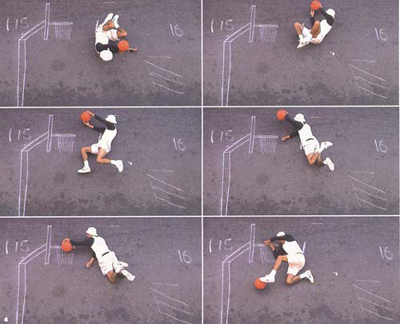
Tonight I learned that one of my favorite graffiti spots, London’s “Undercroft” skatepark, has temporarily been taken over–or rather been given over by the authorities–to an artist named Robin Rhode. If you search Google or YouTube you can see some of the guy’s work… some of it is actually kinda interesting, but nowhere near cool enough to justify shutting down the Undercroft for a whole week, in my opinion.
His schtick seems to be taking a series of photos where he draws some stuff in chalk on the wall or floor, and then photographs himself a bunch of times miming some kind of simple action, like waving a flag made of bricks, or slam-dunking a basketball into an imaginary basket. He shows the work as a series of photos in a gallery, or a videotaped slide show of same.
The London-based graffiti writers in my Flickr circles have been putting him down because he’s an “artist” (as opposed to a writer), and in this case, they have a point: everyone else who paints at the Undercroft does so on their own time and resources, and at their own risk. Then, here comes this guy with a team of contractors to do the heavy work of priming the walls for him, so he can stroll in and do his drawings. And Southbank Centre actually shuts down the skatepark for a whole week just to give him room to do his thing. That’s got to bother a lot of people, given the strong anti-authority thread in the subculture: “real” graffiti writers don’t ask permission, and they certainly don’t hire assistants to do their dirty work. Graffiti writers, in a way, created the Undercroft. It’s hard not to feel like this action is taking their baby away from them.
For my part, I get irritated when art critics credit Rhode as doing “stop-frame animation“, when all he’s ever produced is a mere storyboard of an action. What he’s doing is almost animation, but it’s not really, because he never seems to shoot enough photos (nor have a strong enough grasp of the principles of motion) to make it work–it certainly wouldn’t play well at 24 frames per second–so instead he shows it as a series of stills. Pretty weak sauce, especially when there are artists like Blu out there doing full-on hand-painted animation on the street. And so I find myself wanting to hate on the guy, even though we’ve never met.
What’s interesting to me is that what these two responses have in common: both animation and graffiti require a lot of skill, effort, dedication and time. So when someone steps into either territory who doesn’t seem to be willing to put in that effort, it’s going to bother the people who live there.
Anyway, Rhode’s intervention is scheduled to end on October 4th, so it’ll all be over shortly. I look forward to seeing the writers and skaters take back their Undercroft with extreme prejudice.


